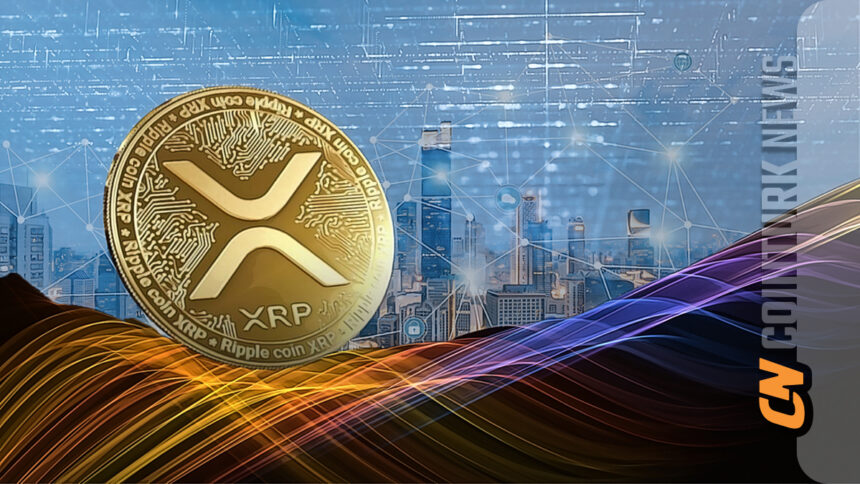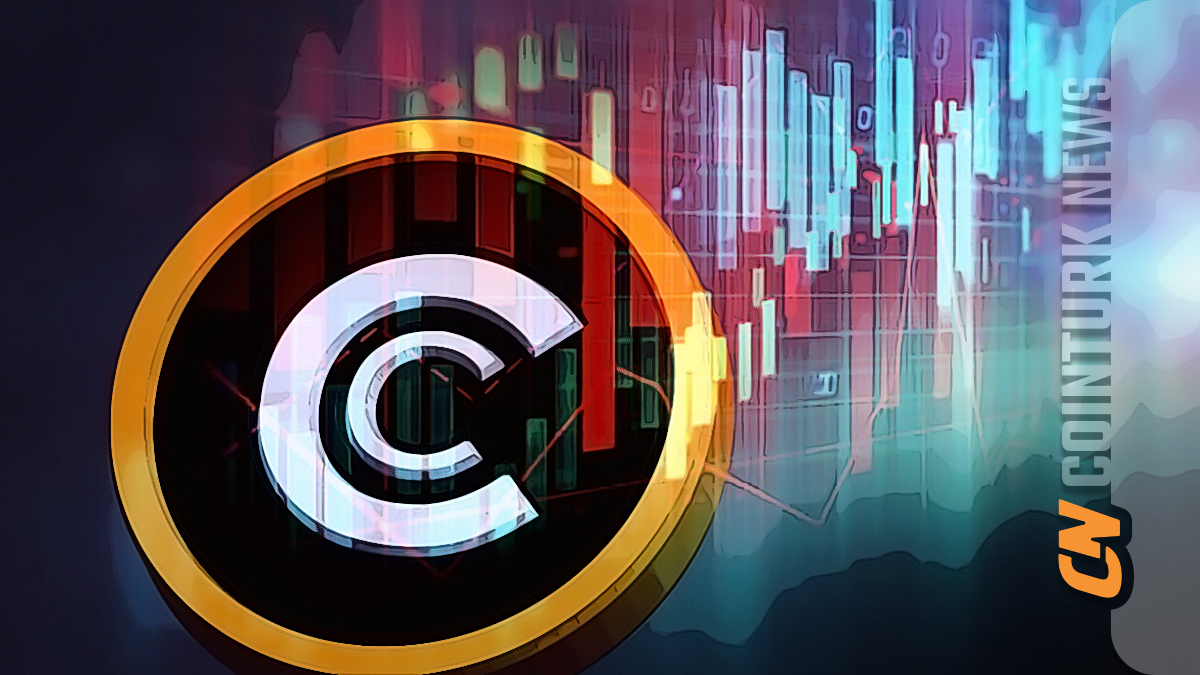The latest development in the legal battle between Ripple Labs and the US Securities and Exchange Commission (SEC) has once again resulted in uncertainty. The cancellation of planned meetings tested the patience of the cryptocurrency community and dashed hopes. The sixth postponement since April 2022 highlighted the lack of concrete progress in the Ripple case and the slow pace of regulatory processes.
Community Disrupted After Cancellations and Speculations
The constant cancellation of meetings led to increased rumors and speculations in the industry. A critical meeting expected between Ripple and the SEC never materialized, causing significant disappointment in the sector. Ripple CEO Brad Garlinghouse raised his voice regarding these delays and criticized the SEC’s regulatory approach.

Despite all this uncertainty, Ripple’s cryptocurrency XRP showed remarkable resilience. It saw a significant increase of 31% in July. This rise allowed XRP to break through levels it had resisted for many years.
Thus, the price closed July at $0.6232 and rose to $0.65 on the first day of August. At the time of writing, it was at $0.6074. Analysts are optimistic that XRP could move between $0.66 and $0.74 in the future and might even reach $1.00 according to some predictions.
SEC Doubts Dominate Market’s Future
The repeated cancellations by the SEC revealed the complexity of regulatory uncertainty in the cryptocurrency market. While XRP’s resilience reflects the market’s fundamental strength and potential, the volatility and unpredictability of the market necessitate considering the possibility of sharp price drops if regulatory pressures increase.
The SEC’s habit of canceling meetings continues to sustain the uncertainty in Ripple’s legal battle. However, the performance of XRP despite these challenges highlights the resilience of the cryptocurrency market. Nevertheless, the dynamic nature of the market and the uncertain regulatory environment underscore the need for cautious optimism.
This environment of uncertainty has been ongoing for approximately four years, undoubtedly hitting investors the hardest. Everyone agrees that this court process needs to end as soon as possible.

 Türkçe
Türkçe Español
Español









